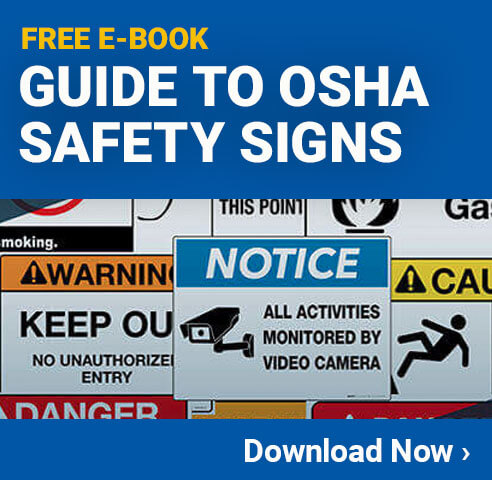
Text From Infographic
Drone Safety
Though they once seemed like the products of a distant future, drones are now used for all sorts of purposes, from photography to outdoor recreation. Since drone technology comes with the potential for catastrophic injury and costly property damage, it is important to obey safety practices that reduce the risk of accidents.
Though recreational users have different rules than drone pilots who use unmanned aircraft professionally, these rules apply to anyone who picks up the controls.
The Basics:
What you need to know before powering up your drone and taking to the skies.
Keep your drone in sight.
Make sure you always have eyes on your unmanned aircraft. If that’s not possible, make sure to be in direct communication with a co-observer that does have full view of the aircraft.
Fly only in the daylight.
To ensure you can properly see your drone, operate only during the day. The FAA defines daylight as 30 minutes before sunrise to 20 minutes after sunset.
Stay within height restrictions.
Maximum allowable altitude is 400 feet above the ground when operating outdoors.
No speeding.
Believe it or not, drones have speed limits, too. Drones are not to exceed 100 mph (87 knots).
License and registration, please.
Like any other kind of vehicle, operators are required to register their drones. For drones under 55 pounds, owners can register easily using FAA’s automated registration system for unmanned aircraft.
Under Part 107, pilots of non-recreational use unmanned aircraft are required to get a remote pilot certificate with a small UAS rating or must be under the direct supervision of someone with said certificate
To be eligible for this credential, you must meet the following criteria:
- Pilots must be at least 16
- Pilots must pass an aeronautical knowledge assessment at an FAA-approved knowledge testing center
Do NOT fly in controlled airspace.
Recreational flyers must avoid controlled airspace like airports. Flying drones in these restricted areas can have catastrophic results, and doing so is against the law.
Never fly near other aircraft.
Be aware of what’s in the sky when you prepare for takeoff. If other aircraft are present, don’t fly your drone.
Unmanned aircraft must fly within their airspace classification.
(Drones fall into Class G. Class G airspace is the airspace that doesn’t fall under class A, B, C, D or E.)
- Class A : 600-1800 feet MSL (Mean Sea Level)
- Class B: Surface - 10,000 feet MSL
- Class C: Surface - 4,000 feet MSL
- Class D: Surface - 2,500 feet MSL
- Class E: Controlled airspace not classified by A, B, C, or D. Starts at 14,500 MSL
- Class G: Surface overlying Class E airspace
No drunk droning.
Never fly under the influence of drugs or alcohol.
Avoid crowds.
For recreational drone use, it’s important to avoid groups of people like public events (football games, rallies, etc.) to ensure no one gets hurt from your aircraft.
With these guidelines, you’ll be sure to take to the skies more responsibly.
Sources consulted:
- https://www.faa.gov/uas/recreational_fliers/
- https://www.faa.gov/news/fact_sheets/news_story.cfm?newsId=22615
Similar Infographics
- Stay on Top of Ladder Safety
- Pokemon GO: Safety Do’s and Don’ts
- Lockout/Tagout Safety
- The 12 Days of Christmas Safety
- 10 Most Hazardous Jobs in the US in 2018
- Eye Injuries in the Workplace
- Stop the Spread of Germs
- Leading Causes of Workplace Injuries
- Forklift Accidents: Causes and Prevention


